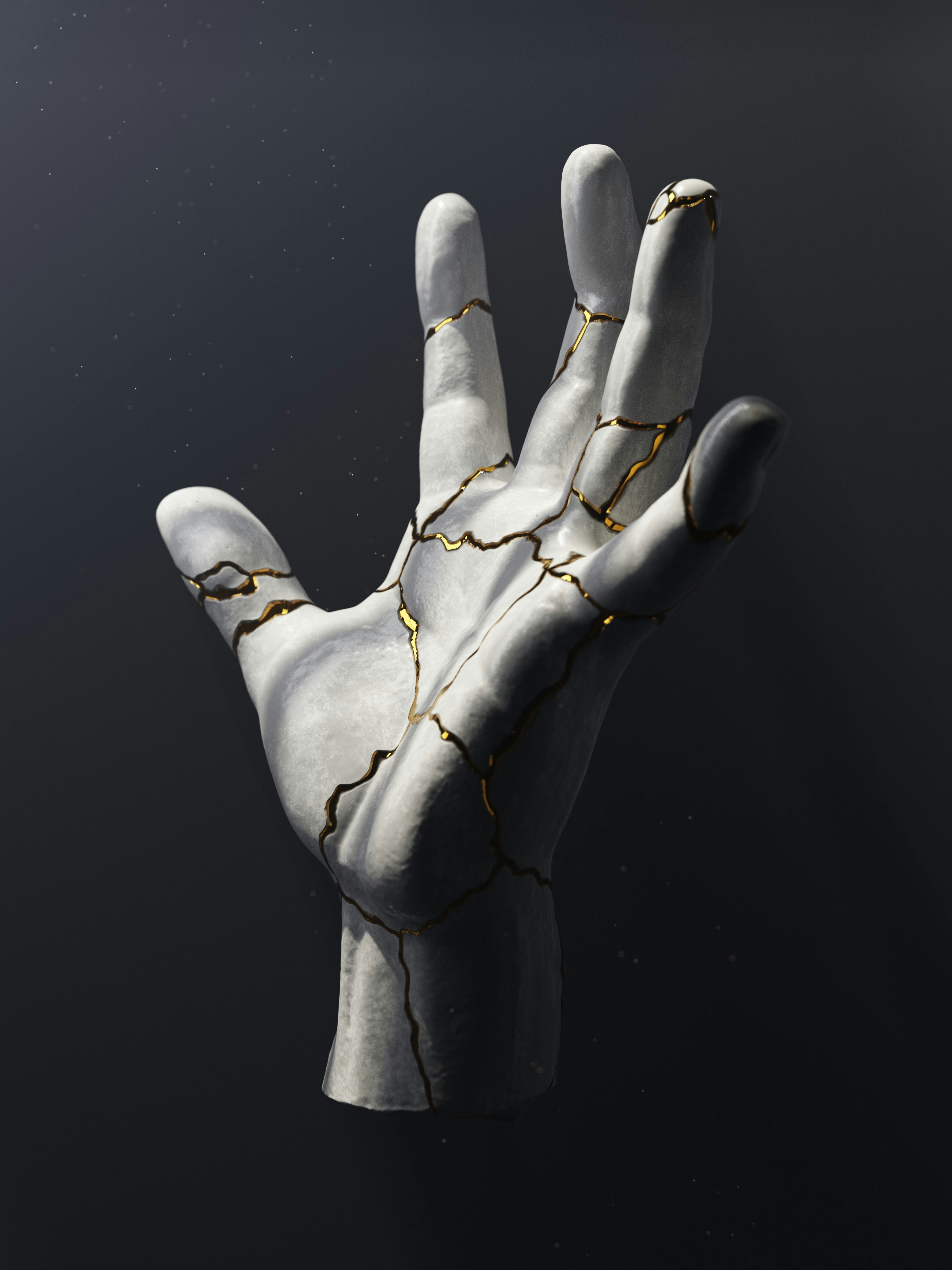Daily 2025-09-26
I always imagine that, if I realize this tool, then I can make advances in that field, and if I realize another tool, I can stand out in certain activities that might leverage that tool, and so on.
However, experiments prove that the energy I finally released is noise-like, because I never completed a project.
“infinite ladder of enabling tools”
Each tool idea feels like it could unlock progress elsewhere, so you end up chasing enablers instead of climbing one branch.
How should I escape?
Recognize the meta-tool trap
Tools are seductive because they feel foundational: “If I had X, then I could do Y better.”
But unless you cap the ladder, you’ll always find another missing tool.
The trick is to freeze the toolchain at “good enough”, and build something that directly gives value.
Adopt “tool as a byproduct” thinking
Instead of starting from “I need a better editor/manager/etc.,” start from a concrete goal project:
- Example: “I want to publish a small ebook.”
- Along the way, you may discover gaps (bad ebook managers, clunky editors).
- At that point, you can patch or prototype the missing tool just enough to continue your main path.
That way, tools emerge as byproducts of doing, not as primary quests.
This is intriguing, maybe I should value the value first, and indeed see the tools as byproducts of pursuit.
Prioritize by “closest to external value”
Ask: If I finished this project tomorrow, who benefits? Me, others, the community?
- If the answer is “me alone, in some abstract future,” it’s probably a tool-ladder step.
- If the answer is “me + others, right away,” it’s closer to a good priority.
I can say any of my ideas are valueless, but this way seems the most valuable.
Constraint method
- Give yourself a timebox: e.g., “I’ll only spend 2 weeks on this tool, then move on.”
- Or a scopebox: “This ebook manager only needs to search + tag, nothing else.”
Constraints prevent perfectionism loops.
This might be a good practice for me to cultivate the habit of contentment and concentration.
Keep a “parking lot”
- When you think of a new tool idea, don’t start coding it immediately.
- Write it in a “tool backlog” document.
- Review once a month — many ideas will self-depreciate when you gain perspective.
This can leverage all ideas without waste, there’s no reason not to adopt it.




